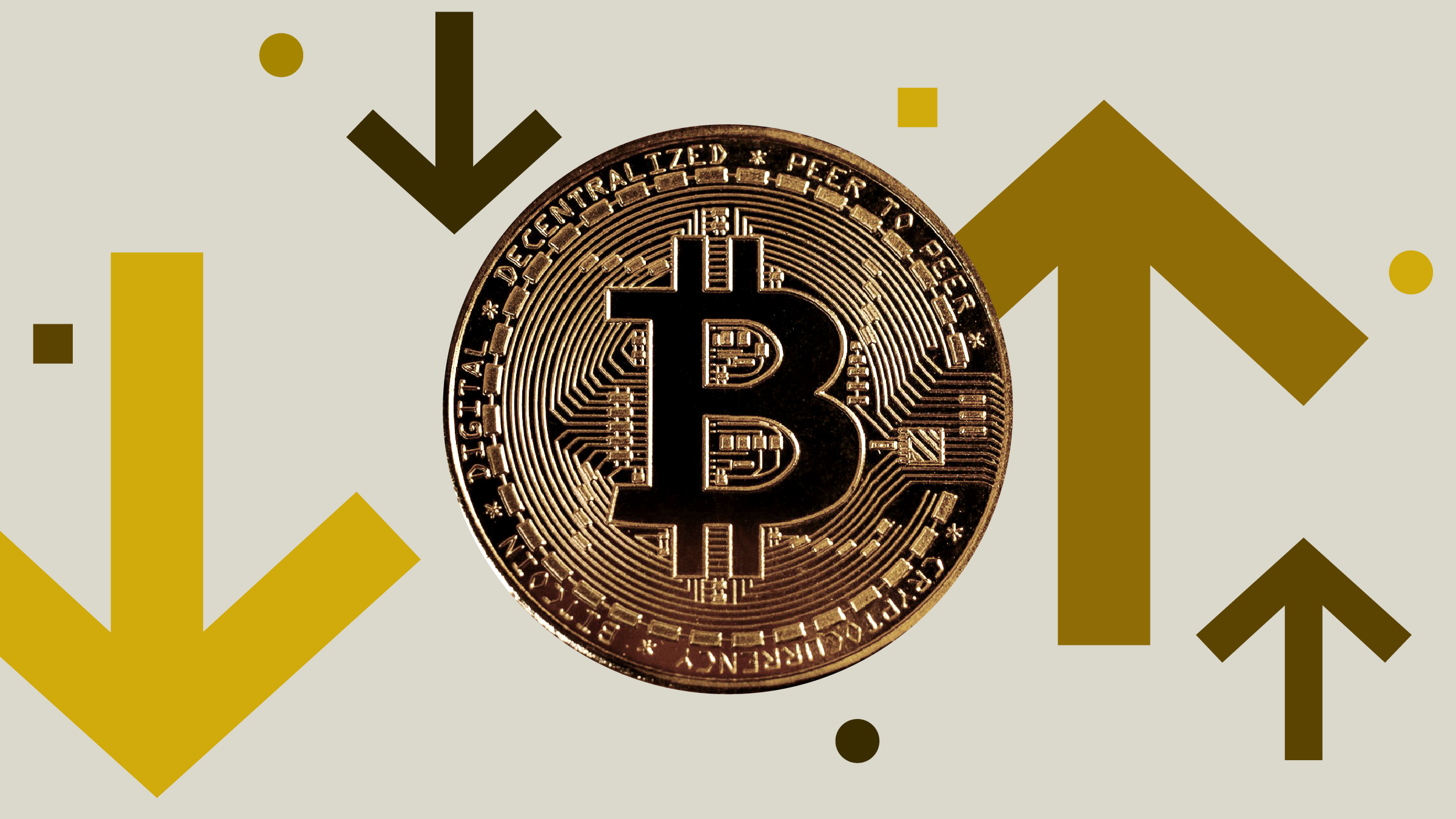
The value of one bitcoin has exceeded $100,000 for the first time, boosted by the nomination of cryptocurrency advocate Paul Atkins to chair the Securities and Exchange Commission by president-elect Donald Trump.
The crypto community believes that the appointment of Atkins will mark a major shift in how the US approaches regulation, moving away from the enforcement action under chair Gary Gensler.
Since the US post-election rally began, there has been an expectation that bitcoin would cross this threshold, particularly as the price has more than doubled in 2024. For some, this price move could spark more buying interest in an already feverish market.
“From a technical point of view, the $100,000 level represents an important and symbolic resistance, the breach of which could attract new capital, especially due to renewed confidence among long-term investors,” says Stefano Bargiacchi, analyst at Directa SIM.
Bitcoin is in a Price Discovery Stage
This move above $100,000 could also be seen as a technical “sell” signal for some.
“This milestone also represents an important psychological level because it is a relevant profit-taking threshold for those who invested five or 10 years ago,” says Ferdinando Ametrano, managing director of CheckSig and a professor of Bitcoin and Blockchain Technology at Milan-Bicocca University.
But he adds that market sentiment is likely to remain buoyant: “Bitcoin is in a phase of price discovery above previous all-time highs, uncharted territory that attracts attention and speculation”.
Stefano Bargiacchi agrees, saying the $100,000 milestone could give long-term investors the confidence to hold on for further gains.
“Rather than an immediate correction, crossing the key level could trigger a new uptrend phase, with the price driven by optimism and price discovery dynamics.”
Crypto Investors Should Prepare for Volatility
Cryptocurrencies are known for their high volatility. Prices can fluctuate significantly in short periods, induced by factors such as market sentiment, regulatory news, technological developments, and macroeconomic trends.
“Investors should approach bitcoin investing with the understanding that volatility is an inherent characteristic. This means being prepared for potentially substantial price corrections and declines in value, regardless of current conditions,” says Dovile Silenskyte, director of digital assets research at WisdomTree.
“Investors must also recognize that volatility can work both ways. While it presents the possibility of substantial upside gains, it also carries the risk of significant losses”.
So how should investors interested in bitcoin or other cryptocurrencies behave? “The first piece of advice is to clearly define the time horizon and understand how cryptocurrencies work, as well as the risks associated with them,” says Directa SIM’s Bargiacchi.
“A systematic approach, such as that based on accumulation [eg. monthly payment] plans, can help mitigate volatility, avoiding the often-unsuccessful attempt to time the market.”
It is also essential to invest only a portion of the capital you are willing to lose, he says, without using funds earmarked for current expenses or emergencies.
Spot Bitcoin ETFs: A Turning Point
The ground for 2024’s bitcoin boom was laid before the election when in January the SEC approved the sale of exchange-traded funds (ETFs) linked to the spot price of Bitcoin in the US.
Before this the FTX collapse in 2022 seemed to have strengthened the case for tighter crypto regulation. In November 2023 FTX founder Sam Bankman-Fried was found guilty of fraud and conspiracy, and was sentenced to 25 years in jail in March 2024.
John Plassard, senior investment specialist at Mirabaud Group, says that since the SEC’s decision, institutional investors are increasingly embracing bitcoin, aided by investment products like ETFs.
“The entry of major asset managers such as BlackRock and Fidelity has further legitimized bitcoin as a portfolio asset. Moving forward, institutions are likely to deepen their involvement as regulatory clarity improves, viewing bitcoin as a hedge against inflation and economic uncertainty. However, risk management will remain a priority, given the historical volatility.”
How to Invest in Bitcoin Via ETFs
For those starting out, instruments such as physically backed ETPs can be a viable alternative to direct holding, if they are available in your market. These products reduce the complexities associated with security, tax management and asset custody. “In Europe we are pioneers in this area,” Bargiacchi says, “with instruments that have been available for years, while the United States has only recently moved forward with the approval of the spot ETF”.
For those wishing to trade directly in cryptocurrencies, however, CheckSig’s Ametrano stresses the importance of relying “only on secure, regulated platforms with a proven track record” and to “avoid all operators that are opaque, do not offer adequate security measures in asset custody, do not provide insurance coverage to protect your assets, or do not undergo independent audits”.
The author or authors do own shares in any securities mentioned in this article. Find out about Morningstar's editorial policies.
























